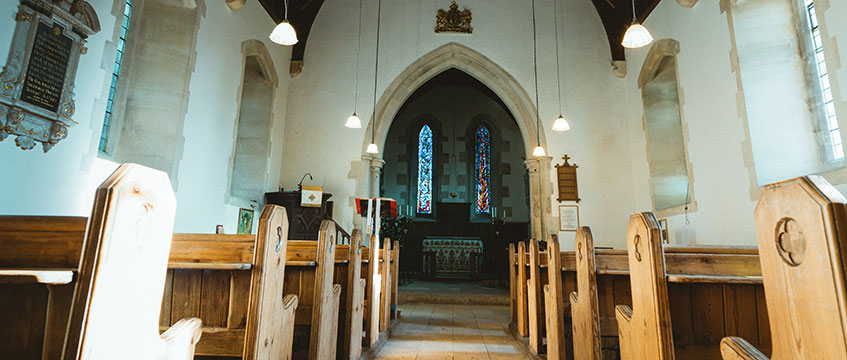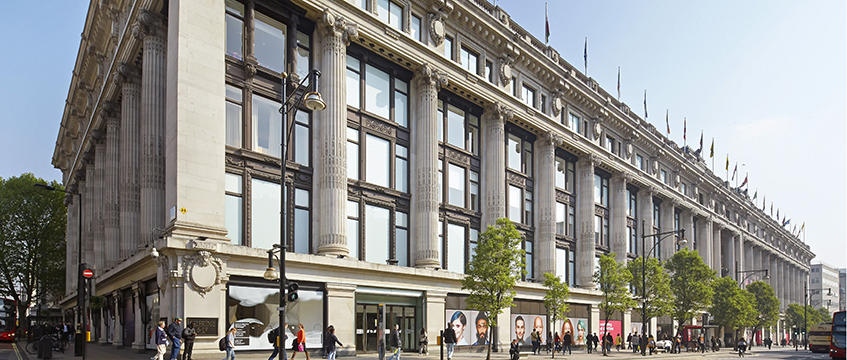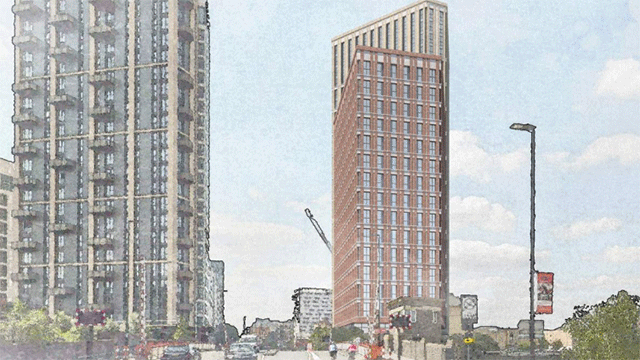As the prime commercial real estate investment market of offices continues to go through its Covid-accelerated transition, could investors find better returns in the more niche parts of the sector?
That is certainly what specialist alternatives adviser Rapleys is hoping – and seeing. It says investors looking to diversify their portfolios, spread risk and find opportunities to add income and value are increasingly turning to niche assets.
From more mainstream alternatives such as affordable housing, care homes, BTR and laboratories to vets, dental surgeries and even churches, Rapleys’ new report, An Alternatives View, outlines which industries have outperformed others over the past three years and where both the challenges and opportunities lie.
Rebecca Harper, head of investment at Rapleys, says: “We have seen increased interest by investors in alternative and niche assets as they seek value-add opportunities and look to diversify their portfolios. By recognising challenges, working with experts and gaining a competitive edge, there are opportunities across all 16 sectors highlighted within our report, with huge growth to be unlocked if you know where to look.”
Choice of sectors
Top performers include the automotive and roadside sectors. Rapleys says demand for petrol stations is outstripping supply by 100 to one, while drive-throughs have seen strong rental growth to more than £50 per sq ft in prime areas, with yields of sub 6%.
The sector is not without its challenges, however, with the rising cost of materials and labour post-Brexit and planning all impacting the growth of the alternatives market, says Rapleys.
It adds that political instability and an associated lack of confidence had led to a “wait and see attitude”, with many landlords choosing to invest capital only when it is absolutely necessary and occupiers expanding or refurbishing when there is a guaranteed payback. Foodstores were a key example of this, found Rapleys, where there are lots of “requirements in the market” but little actually coming to fruition.
However, what has been challenging for some has boosted other sectors. A post-Covid-19 rebound has benefited the sporting world, says Rapleys, with fans demanding a more physical and sensory experience than ever post-lockdown, while care homes, dental surgeries and labs have seen uplifts because of the attention on healthcare and science that the pandemic brought about.
The pandemic boom for pooches has also had a positive impact on alternative real estate investing with a rise in demand for veterinary services. There are more than 2,472 properties leased or owned by veterinary businesses in the UK and rising consolidation in the sector, says Rapleys.
“The sector has undergone transformative growth, fuelled by increased pet ownership and advancing capabilities,” says the report. “However, this rapidly evolving industry now faces emerging challenges around changing demand, consolidation, regulation, staffing and affordability. Though risks remain, the overall outlook is positive for this essential sector and associated properties.”

Divine intervention
Alternative investors who aren’t afraid of leaning on some divine intervention to bring about returns could do worse than look to churches, adds Rapleys.
While the church itself lost thousands of physical worshippers during the pandemic, church properties have been on the market in abundance, says the agent. It says it has doubled its transactions of churches each year since before 2020.
Rapleys’ report puts churches forward as a potential solution to the housing crisis, suggesting that converting unused churches into flats could provide homes in already established communities. However, it says that developers have been slow to purchase churches, with the challenges posed by graveyards, heritage rules, difficult access and lack of parking causing most to pass on the opportunity.
It adds that while lenders may require a larger deposit for church properties – as much as 25-30% of the value – it had found buyers to commit to at least 10% over asking price for the asset class.
“The growing surplus of empty churches provides an exciting opportunity for the right buyer willing to resurrect these beautiful buildings with a residential afterlife,” says the report. “As more congregations go virtual, former churches will continue coming to market across the country. This is good news for individuals and investors who have faith in overcoming the challenges presented, either in creating a designer home for themselves or for creating an income stream through a buy-to-let property.”
Planning, of course, remains a key issue when it comes to growth of any sector, and alternatives are not immune.
Rapleys highlights data centres and affordable housing, both of which are in high demand and both of which need planning reforms to support supply delivery.
For data centres, Rapleys says compliance with sustainability is proving challenging to meet practically and says some middle ground must be found in order to support the rise in AI, data storage and connectivity demands.
“Our report has highlighted numerous areas that government can actively work on to improve performance and resilience in these industries, whether it’s funding crucial repair works, planning or policy reforms, educating civil servants and communities or collaborating with private sector experts to improve understanding and commercialism,” says Rapleys managing partner Justin Tuckwell. “We will be bringing these ideas to their attention and shining a light on the opportunities and challenges in these markets regularly so that alternatives get the attention they deserve going forwards.”
Read the report in full here
Photo © Annie Spratt/Unsplash
Infographic © Rapleys
Send feedback to Samantha McClary
Follow Estates Gazette











